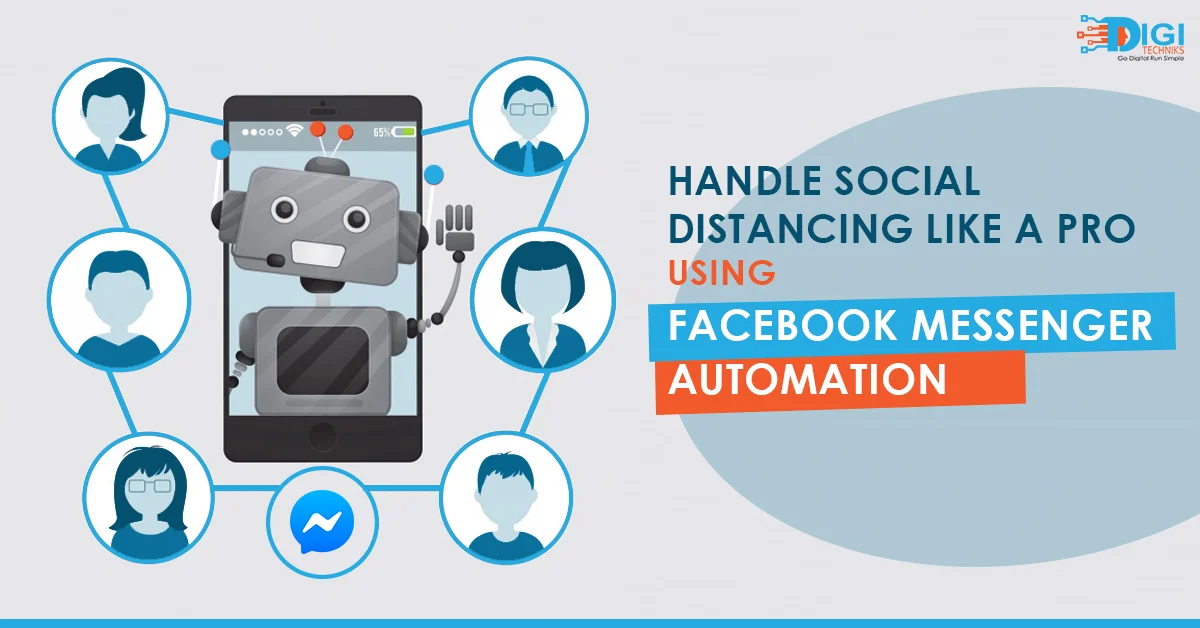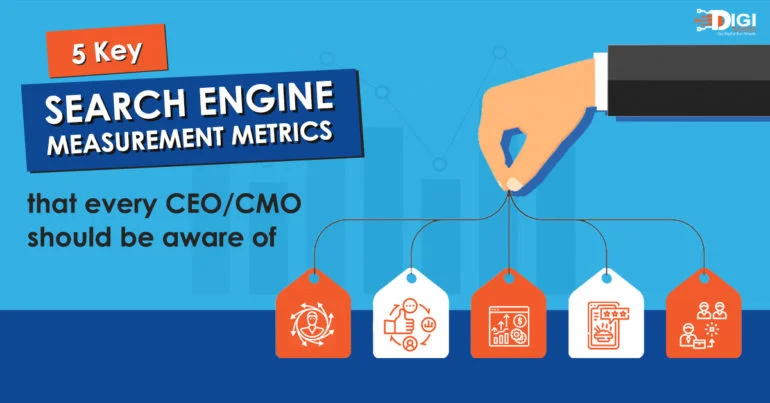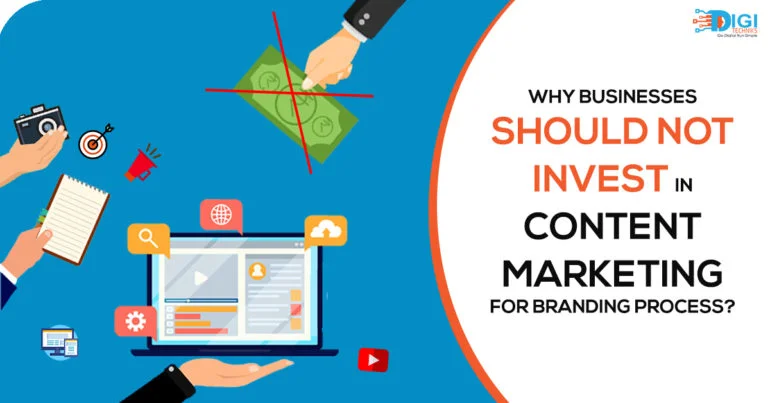Recent Posts
- LinkedIn Outreach + Cold Email: The Powerful B2B Lead Gen Combo
- Outsourced B2B Lead Generation in 2025: Costs, Benefits & How to Choose the Right Agency
- What is Lead Generation in B2B? Complete Beginner’s Guide 2025
- What is B2B & How B2B Lead Generation Works in 2025
- T-Model Pitch Framework for Sales Consulting Company










